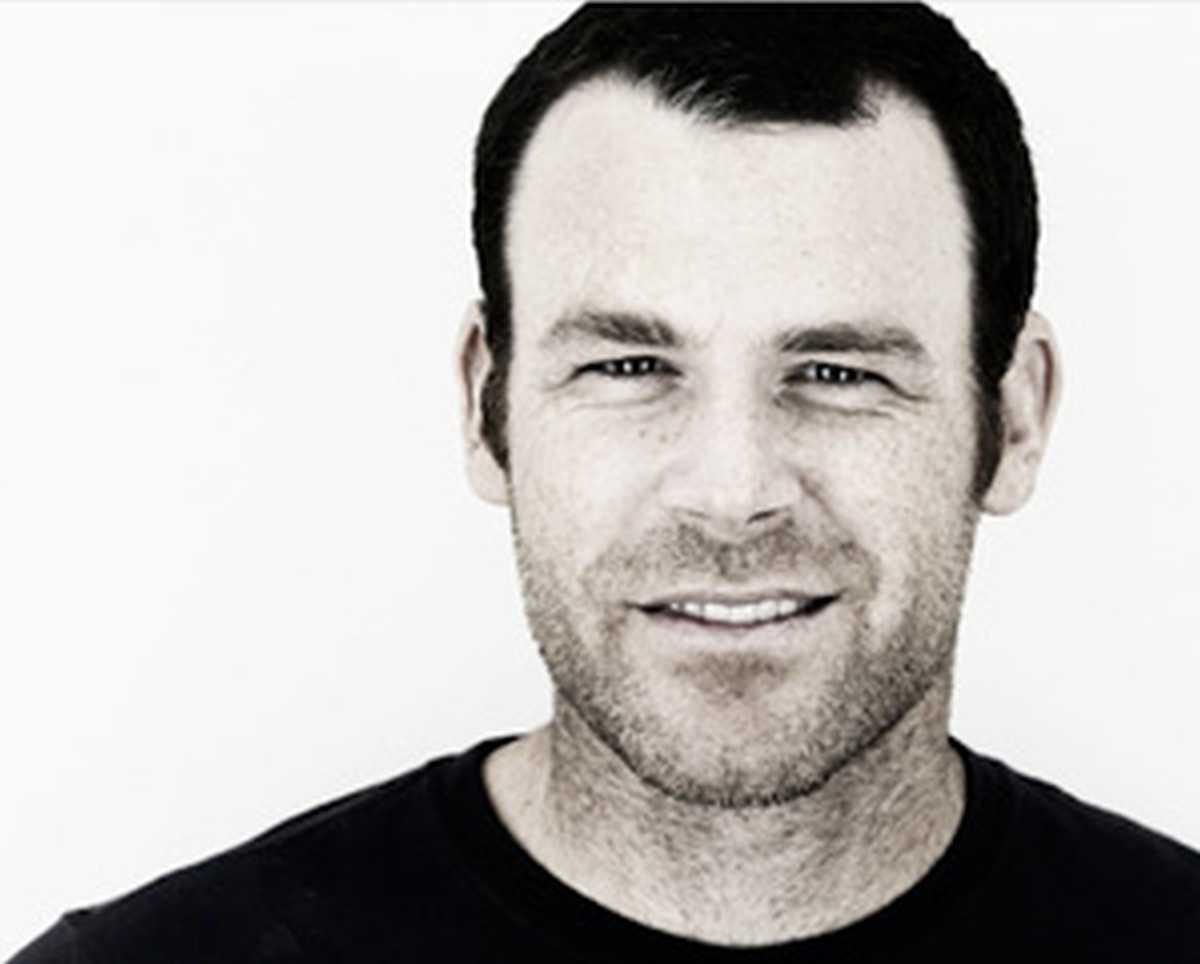Be yourself… Relax… Have fun.
If you’ve ever been nervous about having your picture taken, you know that well-meaning friends and strangers love to share gratingly-ambiguous guidelines like these.
But what does it actually mean to “be yourself” in this wildly unfamiliar situation? What if the real you is uptight and doesn’t find a photo shoot fun at all!?
Enter: portrait photographer Peter Hurley.
Wielding concrete headshot posing tips for regular people— including the now-famous “squinch” technique— it should hardly come as a shock that his videos have gone viral.
Here is a headshot taken by Hurley, illustrating a proper “squinch”:

This specific technique is based on the theory that wide open eyes look fearful, vulnerable, and uncertain. Therefore, to look more confident, it’s a good idea to squint ever-so-gently in photos (as you’d do naturally in a genuine, relaxed smile).

Sure, the majority of Hurley’s subjects do look better ‘squinching.’ But critics have speculated that squinching might not be as reliably photogenic as it’s made out to be— making some people just look a bit disingenuous instead.

That’s why we decided to investigate our Photofeeler data to find out for certain— does squinching reliably make a person look more confident?
The Experiment
To get to the bottom of this, we tagged hundreds of photos from our Photofeeler database based on whether the subject’s eyes were: wide open, at rest, squinching, squinting, or closed.
Once we had curated a large batch of squinching photos, we used our advanced algorithm to eliminate potential bias caused by gender, environment, angle, dress, overall facial expression, and photo edits/filters.
Then we compared the average scores of squinching photos to the overall Photofeeler average.
The Results
Our hypothesis, based on photographer Peter Hurley’s suggestion, was that the subjects in squinching photos would be perceived as more confident than average.
A more confident look, we decided, would result in higher Competence and Influence scores. (But not necessarily higher Likability scores, as a person can appear objectively confident to us whether or not we like them.)

As it turns out, this is what we saw in our research.
Squinching increased the subject’s perceived Competence by an average of +0.33.
Squinching also increased the subject’s perceived Influence by an average of +0.37.

These numbers may seem insignificant, but I assure you they are not. Since Photofeeler operates on a -5 to +5 scale, small increments hold quite a bit of meaning.

In conclusion, portrait and headshot photographer Peter Hurley was right. Squinching really is a small tweak that can reliably change the way your photos are perceived for the better.
Know for certain how you’re coming across in pictures with Photofeeler. It’s free to use here. 🙌

